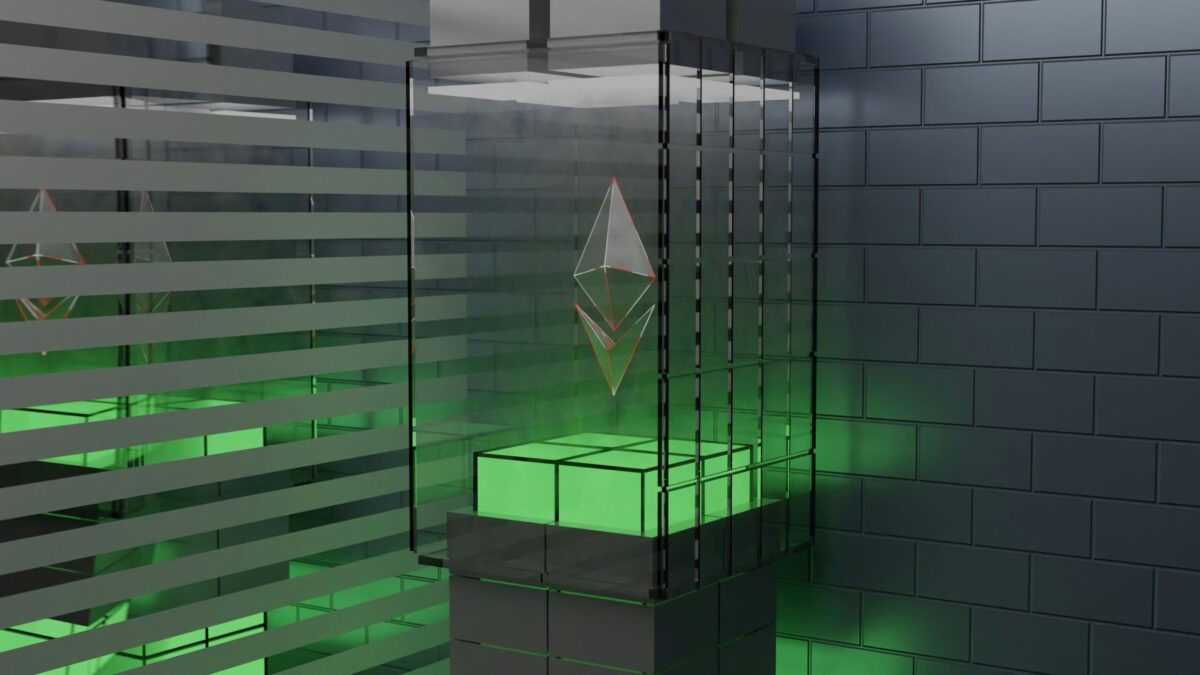Ethereum‘s blockchain network has made a significant step forward with the successful implementation of the Pectra upgrade on the Sepolia testnet.
This major milestone is part of Ethereum’s ongoing development and will bring critical improvements to its network.
The upgrade combines two previous planned updates, Prague and Electra, into a single release that aims to enhance network usability, scalability, staking, and infrastructure.
As the upgrade continues to roll out, Ethereum is set to experience more streamlined transactions, more efficient use of resources, and improved staking systems.
Key features of Pectra
One of the most significant improvements in the Pectra upgrade is the introduction of Account Abstraction (EIP-7702). This feature aims to make Ethereum wallets work more like smart contracts, which could make the network more flexible for users.
Before the upgrade, wallets only supported payments using Ethereum’s native token ($ETH) to cover transaction fees. With Account Abstraction, users will now be able to use other assets, such as stablecoin $USDC, to pay gas fees.
This will greatly improve the user experience and make Ethereum more accessible, especially for those who do not hold $ETH.
The upgrade also brings improvements to Ethereum’s staking system with a feature known as Staking Enhancements (EIP-7251). The amount of Ethereum that can be staked by a validator has increased from 32 $ETH to 2,048 $ETH.
This change is designed to make it easier for large holders of Ethereum to manage their stakes. While this sounds like a good change for larger holders, it has raised concerns among some members of the Ethereum community.
Critics fear that increasing the staking limits might favour wealthier participants and make the network less decentralised.
A popular user on X named Yogi raised the concern: “Larger holders benefit from simplified staking management and optimised margins, but will negatively impact decentralisation. Let’s see how this impacts validator count in the coming weeks”.
Besides improvements to staking, Ethereum is also enhancing its scalability. The Pectra upgrade includes Ethereum Improvement Proposals (EIPs) 7691 and 7623, which aim to optimise data management and reduce transaction fees.
This should make the network run more efficiently, increase the adoption of Layer-2 scaling solutions, and lower overall costs for users.
By improving scalability, Ethereum hopes to make its network more capable of handling a growing number of transactions as it continues to gain popularity.
Enhancing infrastructure and development
Alongside the improvements in staking and scalability, Pectra also brings several infrastructure updates to Ethereum’s network.
Developers will benefit from changes designed to make smart contract deployment more efficient, thanks to EIP-2537. This proposal focuses on cryptographic efficiency, allowing Ethereum to handle transactions more quickly while consuming fewer resources.
Another important part of the upgrade is the introduction of a new consensus mechanism (EIP-7549). This change will help stabilise the network and improve Ethereum’s overall performance by making the process of validating transactions more secure and efficient. Ethereum is also adding PeerDAS and Verkle Trees to the upgrade.
These two features are designed to help Ethereum scale more effectively in the long term. They will provide more efficient ways to store and retrieve data, which is essential as Ethereum continues to grow.
A major addition to the staking system is the option for validators to automatically reinvest their staking rewards. Instead of having to manually stake their rewards, validators will be able to reinvest them automatically, which could help increase their long-term returns.
While this is a welcome change for many, Ethereum developers have pointed out that there are still some issues to be addressed.
Ethereum developer, Tim Beiko, mentioned a problem involving the custom deposit contract on Sepolia. This issue is causing problems with transaction inclusion, as some clients are having difficulty including transactions in blocks.
Beiko reassured the community that the development team is working on resolving this issue. “We’re investigating an issue caused by the custom deposit contract on Sepolia. This has caused some EL clients to have issues including transactions in blocks”, Beiko said.
What’s next for Ethereum?
The successful launch of the Pectra upgrade on the Sepolia testnet is an important step, but it is only one part of the plan. The next major milestone will be the deployment of Pectra on Ethereum’s Goerli testnet, which is scheduled for April 2025.
After testing on Goerli, the final version of the Pectra upgrade will be deployed on the Ethereum mainnet.
Before Sepolia, Ethereum developers tested the Pectra upgrade on the Mekong testnet. Mekong was introduced in November 2023 to help developers evaluate the key features of Pectra in a controlled environment.
The successful rollout on Sepolia suggests that Ethereum is on track to implement the upgrade across its entire network. This careful, step-by-step approach is designed to minimise risks and ensure a smooth transition for users and validators alike.
Ethereum Foundation Developer Operations Engineer, Parithosh Jayanthi, gave an update on the status of Pectra’s development. He said that the latest testnet version, known as Pectra Devnet 6, was performing well.
“The devnet is doing well, and the validator participation rate is near perfect”, Jayanthi said, indicating that the upgrade is progressing smoothly.
Once Pectra is live on the Ethereum mainnet, the network will continue to develop. The next major upgrade after Pectra is already in the works. Known as Fusaka, this upgrade will focus on further improving Ethereum’s scalability and efficiency.
While the full details of Fusaka are not yet known, it is expected to build on the improvements made by the Pectra upgrade.
Ethereum’s price is another important factor in the network’s future. Despite the excitement surrounding the Pectra upgrade, Ethereum’s price has remained relatively flat. Analysts believe that Ethereum may experience a breakout in the near future, particularly after the Crypto Summit on 7 March 2025.
If the price breaks through resistance levels of $2,600 to $2,700, it could indicate the start of a strong rally. However, if the price dips below $2,100, there could be significant liquidations, potentially wiping out hundreds of millions of dollars in long positions.
According to CoinGlass, a drop of 2.6% below $2,154 could trigger $298 million in liquidations. A larger drop to around $2,100 or $2,050 could lead to $582 million and $705 million in liquidations, respectively.
Overall, an 8% decline in Ethereum’s price could cause liquidations to exceed $700 million, putting downward pressure on its value.
Despite the fluctuations in price, Ethereum remains one of the most important blockchain networks in the world. The Pectra upgrade is set to bring a wide range of improvements to the Ethereum ecosystem, from better staking options to greater scalability.
As more testnet deployments take place and the mainnet launch approaches, Ethereum’s development team will continue working to ensure that the upgrade delivers on its promises.
The changes to staking, scalability, and infrastructure are expected to make Ethereum more efficient and accessible for both large validators and everyday users.
The launch of the Pectra upgrade is just the beginning, as Ethereum aims to continue developing and evolving, with the upcoming Fusaka upgrade set to bring even more improvements to the network.


